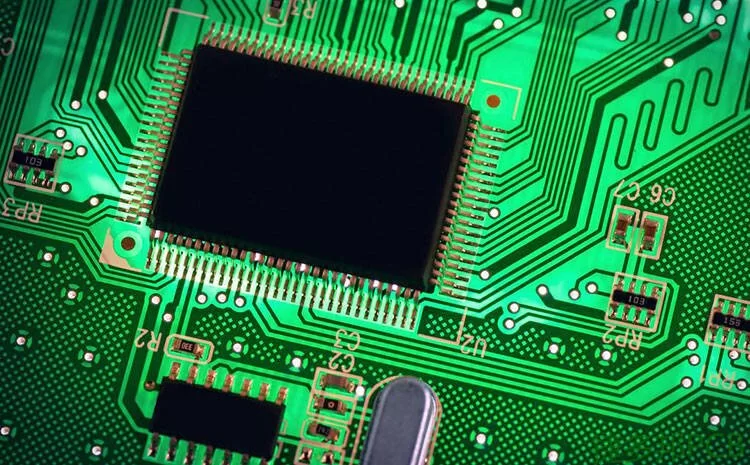How to program a circuit board is an essential skill in modern electronic engineering. From design and fabrication to programming, each step requires precision and meticulous work. This article will provide an in-depth guide on the basic steps, necessary tools, common programming languages and techniques, and examples of circuit board programming in various application fields.
How to program a circuit board involves several crucial steps:
Preparation: This includes selecting the appropriate circuit board (such as Arduino, Raspberry Pi, etc.), installing necessary software (like Arduino IDE, Eclipse), and preparing the required hardware tools (such as programmers, cables, etc.).
Circuit Design: Design the circuit diagram according to specific application requirements and draw the PCB layout in PCB design software.
Writing Code: Write code that controls the circuit board's functions using suitable programming languages (such as C, C++, Python).
Compilation and Uploading: Compile the written code into machine language and then upload it to the circuit board using a programmer.
Testing and Debugging: Connect the circuit board to relevant devices, run the program, test, identify, and fix any issues.
The following tools and software can help to program a PCB:
Circuit Board: Boards like Arduino, Raspberry Pi, ESP8266, etc., chosen based on project needs.
Programming Environment: Tools like Arduino IDE, Visual Studio Code, Eclipse, used for writing and compiling code.
Programmer: Tools like USB programmers used to upload code to the circuit board.
Other Hardware: Power supplies, connectors, sensors, displays, etc., prepared according to specific project requirements.

How to program a circuit board involves multiple programming languages and techniques:
C Language: Widely used in embedded systems, suitable for writing low-level drivers and hardware control programs.
C++: Also common in embedded systems, offering object-oriented programming features.
Python: Popular on platforms like Raspberry Pi, suitable for rapid development and prototyping.
Assembly Language: Used for writing efficient low-level code, typically for applications requiring high performance.
Programming circuit boards have wide applications in different fields, here are some specific examples:
Internet of Things (IoT): Using ESP8266 or ESP32 boards, combined with WiFi modules and sensors, to achieve remote monitoring and control.
Robotics: Using Arduino boards, combined with motor driver modules, sensors, and control algorithms, to achieve automated robot control.
Smart Home: Using Raspberry Pi, combined with cameras, microphones, and various sensors, to achieve automated control and management of smart home systems.
Medical Devices: Using specialized embedded system boards, combined with sensors and processing units, to achieve the collection and processing of medical data.
In practice,there are many challenges in how to program the board:
Hardware Compatibility: Compatibility issues between different boards and sensors need careful selection and testing.
Code Optimization: Limited resources in embedded systems require efficient code and algorithms to optimize performance.
Debugging Difficulty: Embedded systems are complex to debug, requiring professional debugging tools and methods.
Security: Especially in IoT applications, the security of data transmission and storage needs special attention.
As technology continues to advance, program a PCB is also evolving. Future trends include:
Artificial Intelligence: Combining AI algorithms to enhance the intelligent processing capabilities of circuit boards.
Low-Power Design: Developing more efficient power management technologies to extend battery life.
Wireless Communication: Utilizing 5G, WiFi 6, and other technologies to improve data transmission speed and reliability.
Modular Design: Providing more standardized and modular circuit boards and accessories to simplify the development process.
Mastering how to program a circuit board is an essential skill for modern electronic engineers. Through systematic learning and practice, one can design and implement efficient and reliable embedded systems, driving innovation and development in electronic technology. Whether in IoT, robotics, smart homes, or medical devices, circuit board programming plays a vital role. In the future, with continuous technological advancement, circuit board programming will embrace broader development prospects.